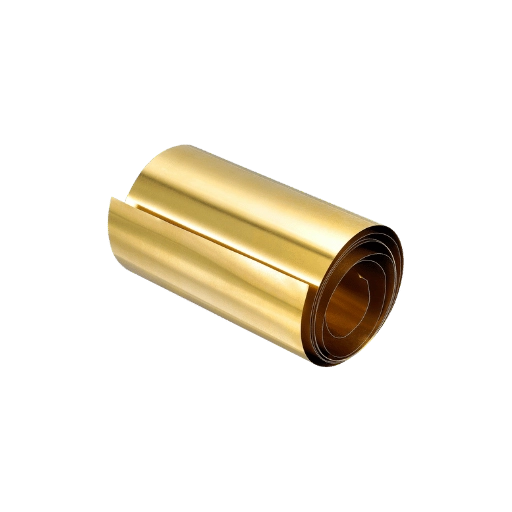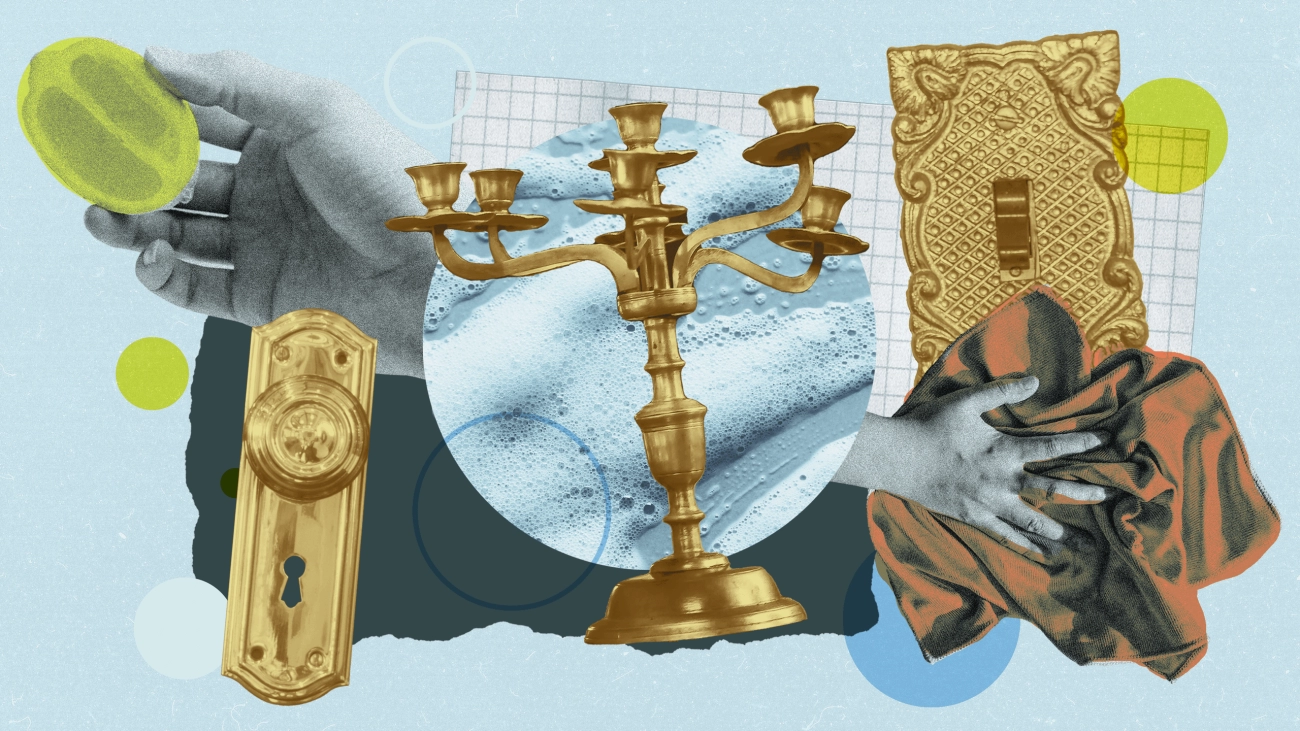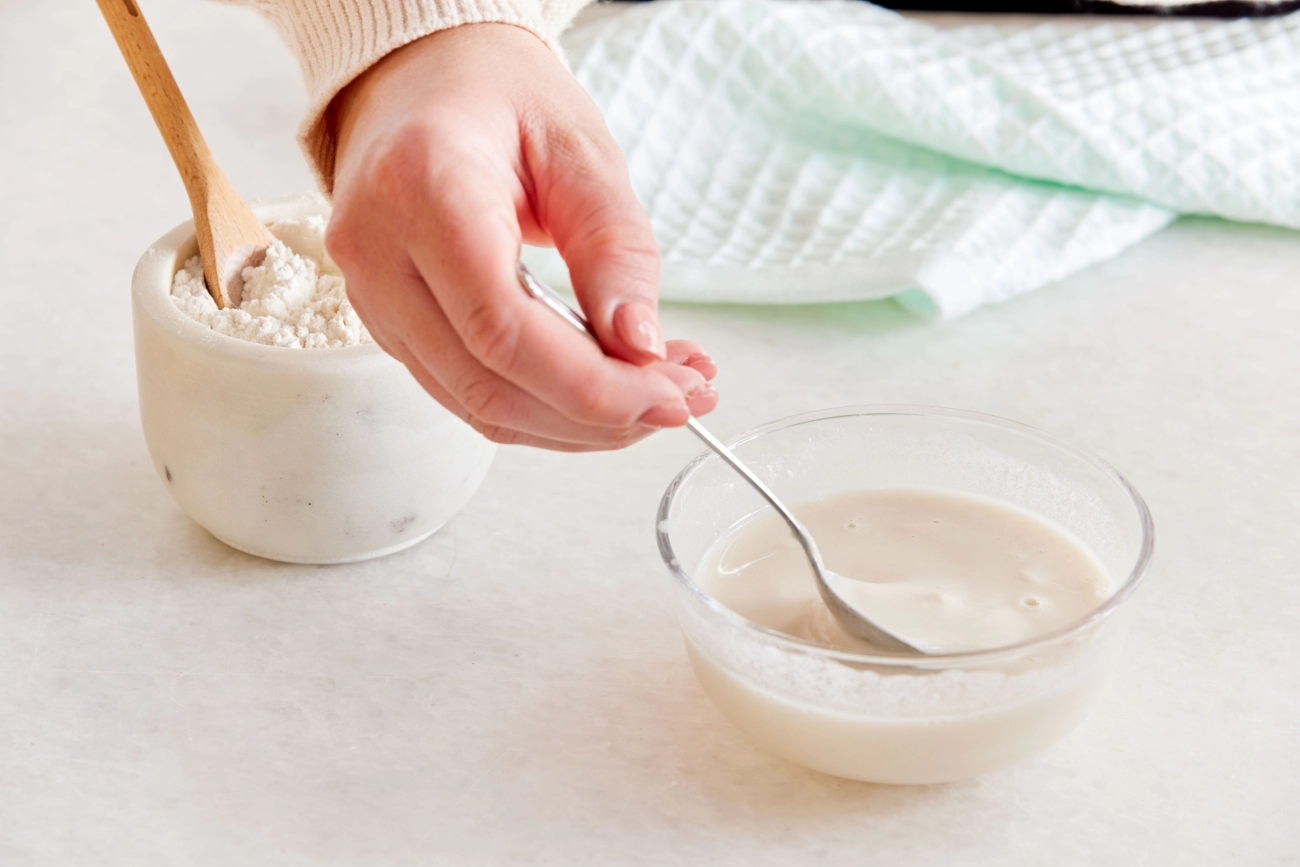Discover if brass rusts, how it corrodes differently from iron, and expert tips to protect and maintain your brass items effectively.
Wondering if brass rusts the same way iron does? You’re not alone. Many people ask, “does brass rust?” because brass is a common metal in everything from home decor to musical instruments. The truth is, brass doesn’t rust like iron or steel, but it can tarnish and corrode in its own unique ways. In this quick read, we’ll unpack what really happens to brass over time and what you can do to keep your brass items looking their best. Let’s get straight to it!
What is Rust Tarnish and Corrosion
Rust is a specific type of corrosion that occurs when iron or steel reacts with oxygen and moisture. Scientifically, rust forms through the oxidation of iron, creating iron oxides—a flaky, reddish-brown substance that weakens the metal over time.
Tarnish and corrosion are broader terms. Tarnish is a thin, often dull layer that forms on metals like silver or brass when they react with sulfur or oxygen. Corrosion is the general process where metals degrade due to chemical reactions with their environment.
| Term | Definition | Metal Types Affected | Appearance |
|---|---|---|---|
| Rust | Oxidation of iron forming iron oxide | Only ferrous metals | Reddish-brown, flaky |
| Tarnish | Surface reaction forming thin layer | Non-ferrous metals | Dull, discoloration |
| Corrosion | Overall metal deterioration | All metals | Varies (pitting, patina) |
Rust is specific to ferrous metals because it relies on iron’s chemical properties. Metals like brass, which contain copper and zinc but no iron, do not rust. Instead, brass can corrode or tarnish, forming a protective patina or discoloration instead of flaky rust.
For non-ferrous metals such as brass, corrosion often means surface changes like patina or tarnish rather than destructive rust. These reactions can actually protect the metal underneath, unlike rust that eats away at iron.
Brass Composition and Its Corrosion Behavior

Brass is an alloy mainly made of copper and zinc, with small amounts of other metals like lead sometimes added for improved machinability. Unlike iron or steel, brass doesn’t contain iron, which is key to its different corrosion behavior.
When exposed to oxygen and moisture, brass doesn’t rust like iron does. Instead, it undergoes a process called tarnishing or develops a protective layer called patina. This patina is a thin layer of copper oxides or other compounds that actually helps prevent further corrosion, unlike rust, which weakens iron over time.
Compared to iron and steel, brass is more corrosion-resistant, especially in everyday environments. It handles moisture better and doesn’t flake or crumble from oxidation. However, brass can still corrode under harsh conditions like exposure to saltwater or acidic substances, but this corrosion looks different—often appearing as green or dark patches rather than the flaky red rust seen on iron.
Does Brass Rust The Scientific Explanation
Brass does NOT rust because rust is specifically the oxidation of iron, and brass contains no iron. Instead, brass can tarnish or corrode over time. Tarnishing happens when the copper and zinc in brass react with oxygen, moisture, or other chemicals in the air. This reaction forms a dull, often greenish or brownish layer on the surface called a patina.
The typical look of tarnished brass is a darkened or greenish film, not the flaky red-orange rust you see on iron. This process happens slowly and can be influenced by the environment. High humidity, salty air, and exposure to acids speed up brass corrosion. For example, brass near the ocean or in industrial areas may develop more noticeable tarnish or even a greenish layer called verdigris, which is a corrosion product made up of copper salts.
In short, while brass doesn’t rust, it can still change color or corrode in ways that affect its appearance and longevity, especially when exposed to harsh environmental conditions.
Environmental Effects on Brass Durability
Brass holds up well indoors where temperature and humidity are usually stable. In indoor settings, it rarely corrodes quickly and mostly develops a mild tarnish that adds character without damaging the metal. However, outdoor environments expose brass to more challenges like moisture, temperature swings, and pollutants that can speed up tarnishing and corrosion.
Saltwater and chemicals are particularly harsh on brass. Coastal areas with salty air cause more rapid corrosion, often resulting in greenish spots called verdigris. Chemical exposure, like acids or cleaning agents not suited for brass, can lead to dullness or even pitting on the surface.
Humidity also plays a big role. High humidity increases moisture on brass, making it easier for corrosion to develop, especially in poorly ventilated spaces. On the flip side, dry environments slow down these effects and can extend brass durability.
Here are some real-world examples:
- Brass fixtures near oceanfront homes tend to show verdigris buildup faster than those in dry urban settings.
- Industrial brass components exposed to acidic fumes or harsh cleaning chemicals often require more frequent maintenance.
- Musical instruments stored in controlled indoor environments tend to maintain their finish longer compared to those regularly used outdoors.
Understanding the environment where your brass items will be used or stored helps you prepare proper care and maintenance to keep them looking their best over time.
How to Identify Corrosion or Tarnish on Brass
Knowing how to spot corrosion or tarnish on brass is key to keeping your items in good shape. Here’s what to look for:
Visual Signs of Tarnish and Corrosion
- Color changes: Tarnished brass often darkens to brown or black.
- Greenish patches: Known as verdigris, this is a common type of brass corrosion caused by copper reacting with moisture.
- Surface dullness: Brass loses its shine and looks cloudy or uneven.
- Rough or flaky spots: These can signal more advanced corrosion.
Differentiating Tarnish from Structural Damage or Rust
- Tarnish vs rust: Rust is reddish-brown and flaky, forming only on iron or steel. If your brass has rust-colored spots, it’s likely metal mixed with iron or contaminated. Tarnish will be darker (brown/black) or greenish and smoother.
- Structural damage: Pitting, cracks, or holes mean the corrosion has weakened the metal and is more serious than surface tarnish.
- Mixed metals: Check if rust comes from screws, bolts, or fittings made of iron or steel near the brass.
Tools and Methods to Inspect Brass Corrosion
- Visual inspection: Use a bright light and magnifying glass for detailed examination.
- Touch test: Smooth tarnish feels different from rough corrosion or damage.
- Chemical test: Specialized kits can check brass oxidation levels if needed.
- Professional inspection: For valuable or architectural brass, experts can assess deeper corrosion issues safely.
By watching for these signs, you can catch brass corrosion early and decide the best way to clean or protect it.
Preventing Brass Tarnish and Corrosion

Keeping brass looking great means preventing tarnish and corrosion before they start. Here’s how you can do it:
Cleaning Techniques and Recommended Products
- Use a mild soap and warm water solution for regular cleaning.
- For tougher tarnish, try a commercial brass cleaner or make a gentle paste from baking soda and lemon juice.
- Avoid harsh abrasives or acidic cleaners that can damage the surface.
- Always dry brass thoroughly after cleaning to prevent moisture buildup.
Protective Coatings Sealants and Lacquers
- Applying a clear lacquer or wax can create a barrier against air and moisture, slowing tarnish.
- Choose products specifically designed for brass or metal protection.
- Reapply coatings periodically, especially if the brass is exposed to outdoor elements.
Proper Storage and Environmental Considerations
- Store brass items in a dry place away from humidity and temperature swings.
- Use silica gel packs or dehumidifiers in storage areas to reduce moisture.
- Keep brass away from salty air, chemicals, and pollutants, common in coastal or urban areas.
- For items not in use, wrap in soft cloth to protect from dust and scratches.
Maintenance Schedules for Different Brass Applications
- Decorative household brass: clean every 3–6 months and apply protective coatings once a year.
- Outdoor brass fixtures: inspect and clean every few months; recoat protective layers as needed.
- Brass jewelry and small items: wipe down after each use and polish monthly.
- Industrial or architectural brass: follow a regular inspection and maintenance plan based on exposure levels.
Following these steps helps your brass stay bright and corrosion-free for years, reducing the need for costly repairs or replacements.
Caring for Brass Objects Best Practices

Taking care of brass items keeps them looking great and lasting longer. Whether you have household brass fixtures, utensils, industrial parts, jewelry, or musical instruments, the right care makes all the difference.
Household Brass Fixtures and Utensils
- Clean regularly with a soft cloth to remove dust and fingerprints.
- Use mild soap and warm water for routine cleaning—avoid harsh chemicals that can damage the finish.
- Dry thoroughly after cleaning to prevent moisture buildup, which can speed up tarnishing.
- Apply a thin coat of brass polish occasionally to restore shine and add a protective layer.
Industrial and Architectural Brass Components
- Schedule regular inspections to catch early signs of corrosion or tarnish.
- Clean with non-abrasive cleaners suited for larger surfaces to avoid scratching.
- Consider protective coatings or lacquers to guard against weather and pollution, especially in outdoor environments.
- Keep components dry—it helps limit corrosion caused by moisture.
Brass Jewelry and Musical Instruments
- Store jewelry and instruments in dry, cool places away from direct sunlight and humidity.
- Avoid contact with perfumes, lotions, and sweat as they speed up tarnish.
- Clean brass jewelry gently using a soft cloth or a specialized brass cleaner.
- For instruments, follow the manufacturer’s recommended cleaning routine to maintain sound quality and appearance.
Safe DIY Cleaning Recipes
- Mix equal parts lemon juice and baking soda to create a gentle paste for tarnish removal.
- Vinegar and salt solutions also work well but rinse thoroughly afterward.
- Always test a small area first to ensure no damage or discoloration.
- After cleaning, buff with a soft cloth for the best shine.
Professional Cleaning Options
- For valuable or delicate pieces, consider professional polishing and restoration services.
- Professionals can safely remove heavy tarnish and corrosion without damaging the brass.
With the right care, your brass items will keep their beauty and functionality for years, whether in your home, workplace, or collection.
Frequently Asked Questions about Brass Rust and Tarnish
Can brass rust if it contains iron impurities?
Brass itself does not rust because it doesn’t contain iron. However, if there are iron impurities in the brass, those tiny iron particles can rust over time, causing some localized rust spots. This is pretty rare in quality brass used in the U.S., but it’s possible in cheaper or recycled brass materials.
How long does tarnish take to develop on brass?
Tarnishing on brass can start showing within days to weeks, depending on the environment. High humidity, exposure to air, or contact with oils and sweat can speed it up. Outdoors, especially near salty air, it can happen faster. Indoors with dry air, tarnish develops more slowly.
Can tarnished brass be restored?
Yes, tarnished brass can be cleaned and restored to its original shine. You can use commercial brass cleaners or gentle DIY solutions like lemon juice and baking soda. For heavily corroded brass, professional restoration might be necessary, especially for antiques or valuable items.
Is brass safe to use outdoors?
Brass holds up well outdoors compared to iron or steel because it doesn’t rust. But it will tarnish and develop a greenish patina (called verdigris) over time, especially in salty or acidic environments. Protective coatings can help slow this process if you want to keep the shine longer.
How does brass compare to bronze or copper in terms of corrosion?
Brass, bronze, and copper all resist rust because none of them contain iron. Brass (copper + zinc) tends to be harder and a bit more resistant to corrosion than pure copper. Bronze (copper + tin) is usually even more corrosion-resistant but can be more expensive. All three develop patina naturally but don’t rust like iron-based metals.
